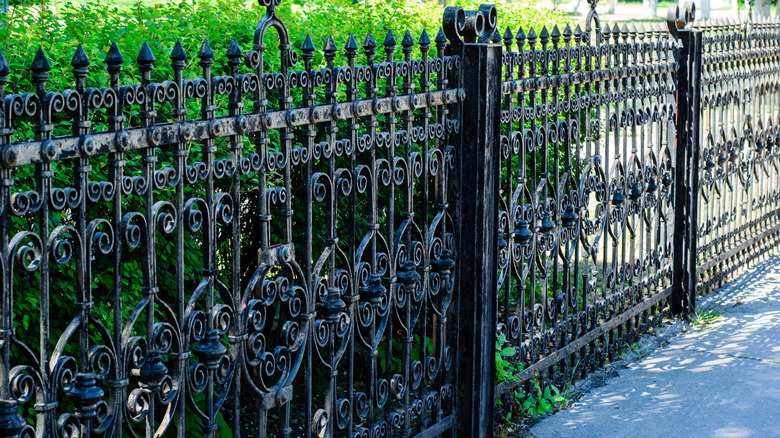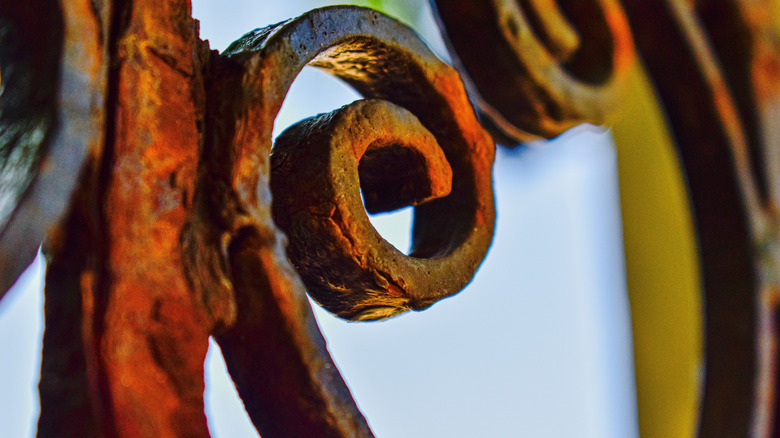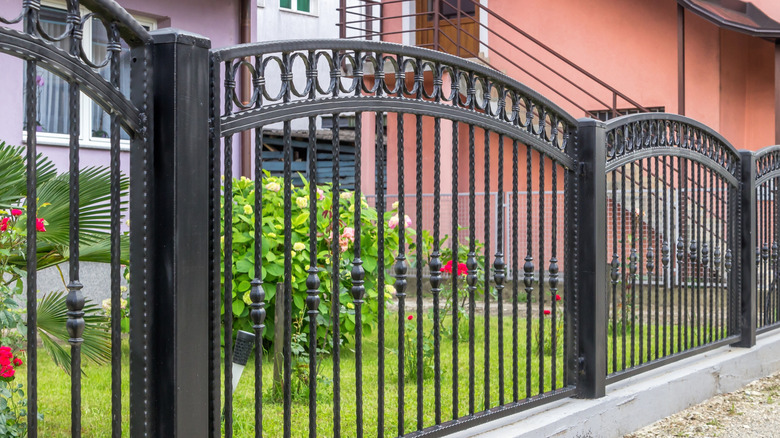Cast Iron Vs Wrought Iron Fence: What's The Difference & Is One Better Than The Other?
When picking out an iron fence, it's important to understand the differences between cast iron and wrought iron. Cast iron fences are made specifically by pouring molten iron into molds. This process allows for fancier patterns and is a consistent way to mass-produce uniform fences. Wrought iron fences, however, are created by hammering and bending heated iron bars, which results in a more handcrafted look. The process gives wrought iron fences better strength and flexibility compared to cast iron.
Wrought iron fences generally offer better durability. The forging process actually aligns the iron's grain structure which makes it more resistant to bending. Cast iron, despite being very hard, tends to be more brittle and can crack under severe stress. However, the fact that cast iron is molded makes it a much better choice for complex and decorative options. Both materials provide great longevity when maintained properly, with lifespans that can last decades in most climates. The choice really depends on whether you want fancier details (cast iron) or better structure (wrought iron).
Maintenance and weather resistance comparisons
When it comes to the elements, both cast and wrought iron can hold their own with a slight advantage going to wrought iron fences. However, both materials do require regular maintenance to prevent corrosion. Some of the best ways to prevent an iron fence from rusting are regular cleanings or special powder-coatings. Wrought iron's flexibility makes it less prone to cracking during temperature changes. Cast iron's more brittle nature means any cracks from colder temperature cycles could lower its structural integrity.
There are, of course, downsides to metal fences you should know before making your choice. If you live in a coastal area with salt air, wrought iron's greater corrosion resistance would typically be a better option. The material's ability to flex in higher winds also gives it an edge. Cast iron will perform better in dry climates where its style and design can take center stage without constant exposure to moisture. Both materials have similar thermal expansion rates, which means they can handle temperature changes well, with cast iron being slightly better.
Cost, installation, and final considerations
The price difference between the two types of fences is another factor you should take into consideration. Authentic wrought iron fencing is generally more expensive than cast iron simply due to the extra labor required in manufacturing. Cast iron's use of molds allows for a cheaper, mass-production manufacturing process. However, wrought iron's durability might just justify the extra costs if you're looking for something more long-term.
As with most things, modern manufacturing has altered some traditional distinctions. Many wrought iron fences nowadays are actually made of mild steel with modern coatings to help protect the iron from rust. Ultimately, the better choice depends on what you're looking for. If authenticity and strength are your main focus, then wrought iron is the way to go. However, cast iron is the easy choice for a better balance of beauty, performance, and cost. Either way, both types of fencing will instantly boost your property's curb appeal.


